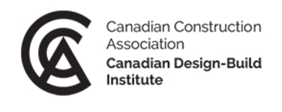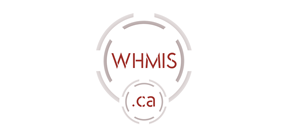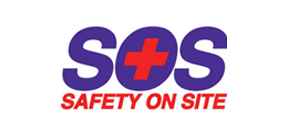
How “Hot Desking” (Desk Sharing) Contributes to a Healthier Workplace
Is your office ready for the new shared-desk strategy? Called ‘hot desking’, shared workspaces are being touted as better for employee communication and teamwork.
According to the Washington Post, the average worker spends an average of ten hours sitting per day. Breaking this sedentary affliction by recognizing that the office space is a strategic tool for growth. Workspaces that move allow for chance encounters between workers, thus creating fruitful interactions and knowledge sharing.
In recent years, companies have started investing in “active blueprints”: projects that design workplace infrastructure to support a healthy work environment.
According to Sir Cary Cooper, Professor of Organizational Psychology and Health at Alliance Manchester Business School:
“A really poor aesthetic working environment can have an negative effect on employees psychologically, because it conveys indirectly to the individual that the organization doesn’t care about them. It says that they are just ‘worker bees’ or disposable assets.”
One workplace active design making waves is hot desking. A report by CBRE found that two- thirds of 400 companies surveyed plan to adopt a shared- desk strategy by 2020. Only a few years ago, the ratio of employees to desks was 1:1. But ever since the concept of hot desking, the sharing of desk spaces, has entered the workplace, the number of employees per desk is rising. Instead of a designated desk, each employee is given a variety of places to work within an office, such as casual seating, cafes and conference halls.
Corporate offices and small businesses alike have jumped on the hot desking bandwagon. How does this trend meet the ergonomic needs of employees and affect their performance?
1. Company Wide Communication
Hot Desking encourages employees of different work levels and job roles to sit among each other, as opposed to being isolated at an assigned desk. This allows for easier interactions and working relationships with senior management, thus providing help close at hand to less experienced staff.
2. Teamwork
Cubicles and assigned seating create an “us” and “them” mentality, where employees are unaware of others and the projects they do. Hot Desking allows for greater understanding of company goals, as well as departmental teamwork in achieving those goals. PricewaterhouseCoopers’ (PwC) employees for example, find the trend refreshing, people- friendly and much more collaborative than fixed offices.
3. Picking Your Seat
Every employee comes with his or her own personality and working preference. Some function best in a quiet environment, free from distractions. Others thrive in a vibrant and charged atmosphere. Hot Desking caters to employee needs by allowing them to pick their seat for optimum productivity and comfort.
4. Reducing Clutter
With no permanent desk available, employees have to become minimalistic. At the end of the day, each space is cleared and tidied up for the next person. Too many personal items and work- related paperwork means longer time spent cleaning up and lugging around possessions. In order to address desk clutter, companies like UVIT have done away with paper files for their mobile employees. Others provide lockers for personal storage.
Embracing hot desking means a boost in employee morale, which translates into greater employee performance for businesses, an idea that many are warming up to. For more information on active designs for your workplace, please contact us.
Recent Posts

Want to Reduce Noise in the Office? Improve Your Acoustics

6 Of The Most Common Office Design Mistakes You’ll Want To Avoid

The Benefits and Drawbacks of Open Ceilings

3 MORE Upcoming Interior Design Concepts for the Office Space

Tips From a Commercial Contractor: The 5 Most Common Complaints About Office Design









